What would happen to us in a nuclear war?
By Sarath Chandrajeewa
The planet we inhabit is commonly referred to as the 'blue world' within the solar system, which is centred around the sun. The term "Earth" is given to our planet due to its exceptional suitability for supporting life, characterised by the presence of water, oxygen, diverse plant and animal species, and the human race.
Throughout its extensive history, humans have consistently undermined the global ecosystem by seeking to dominate other races based on a misguided conviction in their own superiority, exerting control, exploiting resources, and imposing divergent ideologies and beliefs. The current global dominance in geopolitics has heightened the process of destruction.

What would happen to us in a nuclear war?
War is currently being employed as the primary means of exerting dominance in geopolitics, and in the event of it escalating into a third world war, nuclear weapons will serve as the principal instrument. Albert Einstein, a renowned theoretical physicist (1879 to 1955), famously predicted that the Fourth World War will be waged using primitive weapons such as stones and sticks. It signifies the complete eradication of the current human civilization from the planet. Alternatively, it suggests that World War III necessitates being a nuclear conflict.
On February 24, 2022, at the onset of Russia's invasion of Ukraine, the Russian president declared his intention to retaliate with nuclear attacks against any external entities that interfered in the conflict. This is the most immediate and significant nuclear threat that has occurred in recent history. In May 2024, Dmitry Medvedev, the Vice Chairman of the Security Council of the Russian Federation, declared that Russia would launch a military offensive against any nation that deploys its forces to Ukraine, in response to the escalating danger posed by nuclear weapons. In addition, he informed the public through social media that these attacks would have ‘catastrophic global consequences’, which Western authorities cannot conceal. The leader of North Korea, who also serves as the head of state, frequently issues comparable threats.
NATO, under the leadership of the United States, has expressed its stance by asserting the principle of cause and effect, stating that it will maintain the operational status of its nuclear arsenal to be prepared for emergency offensive actions. The conclusion of this verbal conflict is perilous. While threats might be interpreted in several ways, historical evidence demonstrates that tyrants' judgements are frequently capricious and unforeseen when put into action. When assessing the nuclear threats posed by Russia, America, Europe, China, and North Korea, it is evident that Russia ranks highest, followed by North Korea.
In June 2024, when visiting North Korea, the Russian leader made a statement to the public affirming that 'nuclear countermeasures are permanent'. During his subsequent visit to Vietnam, he asserted that Russia is modifying its existing nuclear doctrine. In addition, he cautioned that nations who have amicable relations with Russia will be provided with nuclear weaponry. Furthermore, individuals who possess a fascination for warfare but lack a comprehensive understanding of the catastrophic consequences of a nuclear conflict, advocate for the use of nuclear weapons. Several military experts forecast the likelihood of a global conflict taking place during the coming decade.
In the event of a nuclear conflict between the United States and Western nations against Russia, it is likely that the conflict would extend to Asia, based on the present circumstances. In a conflict of this nature, it is inevitable that both sides will promptly deploy their most potent nuclear armaments to target their adversaries. Astronomer Carl Edward Sagan (1934-1996) and atmospheric scientist Richard Peter Turco (1943) have cautioned that this chance would lead to unforeseen possibilities. Below are two of its primary documents.
The publication titled "Nuclear Winter in the Post-Cold War Era" was released in 1993. 'Pale Blue Dot: A Vision of the Human Future in Space' was published in 1994.
During a nuclear war, a 'Electromagnetic Pulse' (EMP) would propagate through the atmosphere if there is an attack from missile submarines, aircraft carrying warheads, or land-based intercontinental ballistic missile systems (ICBM). The nuclear weapons would be exploded at high altitudes in the atmosphere prior to reaching the earth's surface, with advanced notification sent by satellites positioned in space for the purpose of early warning and military communications. Every one of these explosions releases gamma rays that cause ionisation of molecules in the atmosphere. This process generates cations and Compton electrons, resulting in an energy surge. It generates an immensely strong electromagnetic field. Due to this pulse, there is a potential for an abrupt shutdown of all electrical systems. This will result in the complete disruption of electricity grids, rendering portable electrical devices and even vehicles inoperable. These missiles will not be classified as strategic or conventional nuclear missiles. They will undoubtedly be weapons that generate electromagnetic pulses, commonly known as EMP weapons. The initial decline in the short circuit power of our smartphones occurs. When traffic lights malfunction, several automobiles, particularly those dependent on electrical systems, experience mechanical failures. In the most unfavourable scenario, this would result in a spillover effect. Although our phones may withstand the early explosions outside of the combat zone, the unfortunate consequence is that our capacity to contact with our dear ones is completely eradicated. Electromagnetic pulse (EMP) weapons have the capability to disable communication systems, and the primary objective of this system is to intercept military-related communications. Therefore, one of the most conspicuous indications of a problem is when our routine electronic devices cease to function.
The main fatalities resulting from incidents related to the cessation of electronic devices will be secondary. Patients may experience fatal outcomes when there is a malfunction in hospital apparatus, whereas automotive accidents resulting in fatalities can occur when vehicles experience mechanical failures. Computer networks, water supplies, electrical networks, train networks, and industrial facilities will be promptly deactivated. Virtually all the elements that enable the existence of contemporary life will vanish instantaneously. When we are on the ground, we will experience panic, just like millions of other individuals. However, following those initial blasts, we will experience a brief period of relief. The level of ambient noise in our surroundings can vary significantly, ranging from an unsettling silence to a cacophony of scared shrieks emitted by numerous individuals. Our ability to observe the explosions in the sky depends on our geographical location on Earth. Within a span of 10 minutes or less, the deployment of these highly destructive nuclear weapons has the potential to significantly reduce the geographical distance between major nations. Unexploded missiles descend from the sky and detonate upon impact with the earth. An individual who is able to perceive the explosion without the use of any optical instruments will experience immediate loss of vision followed by fatality. A nuclear bomb with a yield of 1000 kilotons can inflict burns on individuals located up to seven miles away. The explosion causes temporary visual impairment to observers located 53 miles distant. Due to the explosion, objects in close proximity undergo a process of melting or are reduced to fine particles of ash.
David W. Davenport discusses the excavations in the Hastinapur area of the ancient Mohenjo-daro civilization site, which is believed to be the location of the final struggle described in the 'Bhagvad Gita', a portion of the 'Mahabharata' written between BC 400 and 200 AD. These excavations provide evidence that suggests the occurrence of a nuclear war in ancient times. Davenport and Ettori Vincenti document their findings in their book titled "Atomic Destruction in 2000 BC" published in 1979. Furthermore, Alexander Gorbovsky (1930-2003) discusses his work titled 'Riddles of Ancient History' (1986), which was published in the Moscow-based 'Sputnik Magazine'. The green glass discovered within those excavations (sthara) had undergone the process of melting and had become vitreous at a temperature of 1500 degrees Celsius. The adjacent bricks were likewise liquefied, and at least one of the discovered skeletons exhibited a radiation level fifty times greater than the standard measurement. By presenting further evidence and drawing a comparison to the data from the Hiroshima explosion, this event is classified as an exceptional occurrence in ancient history.
According to the 'Bhagvad Gita', it is mentioned that there was a period of 10 days following the last battle where sunlight did not reach the ground. Contemporary experts have forecasted the occurrence of a 'artificial nuclear winter' subsequent to a nuclear conflict. The detonation of 6000-12000 nuclear weapons would cause a significant decrease in temperature, resulting in a dip to 18 degrees Fahrenheit. As a result, food production and agricultural cultivation will be disrupted, leading to widespread hunger and millions of people suffering from starvation. During military conflicts, the atmosphere will be saturated with billowing plumes of inky smoke, casting a pall of blackness over the surroundings. If intercontinental nuclear missiles and their countermeasures were detonated near or above the atmosphere, it would cause significant damage to the ozone layer. This would lead to a post-nuclear winter scenario, where solar radiation would directly reach the Earth. Subsequently, the precipitation carries radioactive elements, rendering marine organisms susceptible to devastation.
Nuclear bombs produce potent shockwaves that induce swift displacement due to the accompanying pressure. The shock waves, when paired with the dynamic pressure of the blast, have the ability to propagate over long distances, causing the collapse of buildings that are in their trajectory. Furthermore, individuals who are impacted by the shock waves tragically descend to the ground with mutilated bodies. Additionally, it possesses the capability to be launched into the air as individual fragments.
Individuals will instantaneously experience the passage of two shock waves, resulting in the production of high levels of heat. Although individuals located at a considerable distance from the explosion area may be able to endure the high temperatures and avoid being crushed by the debris caused by the shockwaves, the magnitude of the conflict we are confronting offers limited means of protection regardless of our actions. The peril persists as we confront more challenges immediately following the incident. Following a nuclear explosion, individuals located far from the blast site may miraculously survive the initial fireball and shock waves. However, they are still subjected to dangerously high levels of radiation in space. The repercussions of this will be delayed in reaching us. Acute radiation syndrome, characterised by the emergence of radiation burns on the skin, often occurs. Additionally, other symptoms may manifest after a variable period of time, ranging from a few days to several weeks or even months.
These symptoms might vary from skin redness to the development of malignant tumours. The factors that determine the impact of an explosion include the distance from the explosion, the level of radiation emitted, and the specific type of radiation. Despite the considerable distance between us and the initial explosion, our safety is not guaranteed. The explosion's radioactive debris can disperse across long distances through the atmosphere, posing a threat to the entire animal species by compromising their ability to breathe. The same principle applies to consuming food or drinking water. All of these will be contaminated as a result of the creation of a radioactive environment. Most notably, our options are severely limited in such circumstances.
In 1962, the Washington State Department of Health conducted an atmospheric test to assess the magnitude of the impact caused by an electromagnetic pulse (EMP) weapon. A 1.4 megaton nuclear weapon was detonated at an altitude of 250 miles above Johnston Island in the United States. The electromagnetic pulse (EMP) produced by the explosion was observed as far as Hawaii, which is about 800 miles distant.
The inaugural nuclear weapon was exploded as part of the 'Manhattan Project' on July 16, 1945 in the New Mexico desert. The event in question was the Second World War. The individual's father was Dr. J. Robert Oppenheimer (1904-1967), a renowned theoretical physicist. During that same year, American bombers deployed the initial nuclear bombs, targeting Hiroshima on August 6th and Nagasaki on August 9th.
Some 78,000 people were killed instantly when the US dropped an atomic bomb on the city of Hiroshima . It rose to 146,000 within four months .60,000 to 80,000 killed in the city of Nagasaki ; roughly half occurred on the first day .
If World War III were to occur, the use of modern technology would surely lead to a disastrous situation that would transcend the destructive capabilities of the weapons used in the previous conflict in 1945. The horror of this is recounted to us in the 'Bhagvad Gita'. “'The radiance of a thousand suns simultaneously appearing in the sky would represent the magnificence of the Divine.” Sri Krishna reveals his omnipresent form to Arjuna and proclaims his identity. Astonished, Arjuna inquires, "Please enlighten me, who are you?" He inquires. Krishna's response, "I have now become death, I am the destroyer of the worlds," signifies a universal principle of destruction that extends beyond a single world to include all worlds.
Oppenheimer, who possessed a deep affection and extensive knowledge of the Sanskrit language, literature, and the Bhagavad Gita, stated in an interview that this particular portion of the 'Bhagavad Gita' had provided the inspiration and theoretical basis for this devastating action. While science fiction stories often depict aliens as the destroyers of the world, it has become an increasingly genuine concern that humans themselves will be the ones to destroy their own home.
-
Still No Comments Posted.



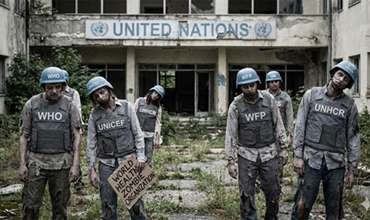


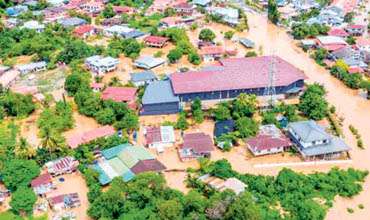
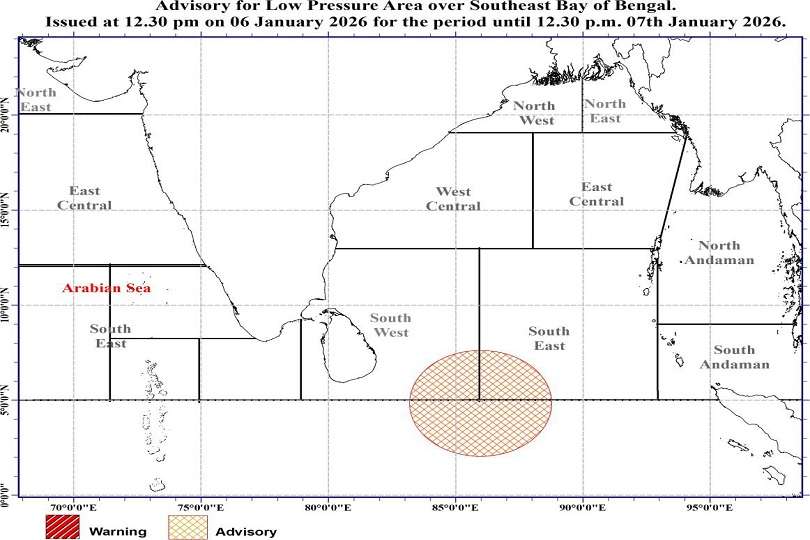
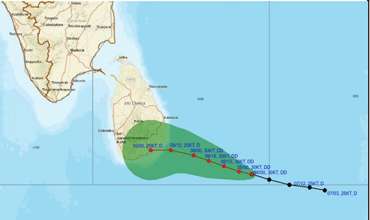




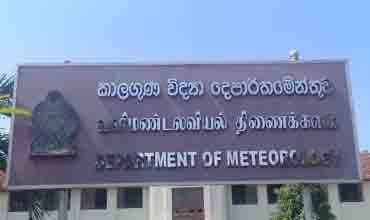
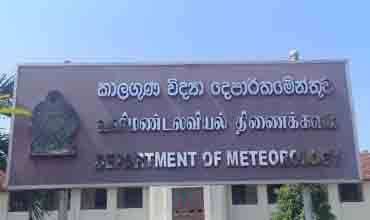
Leave Comments